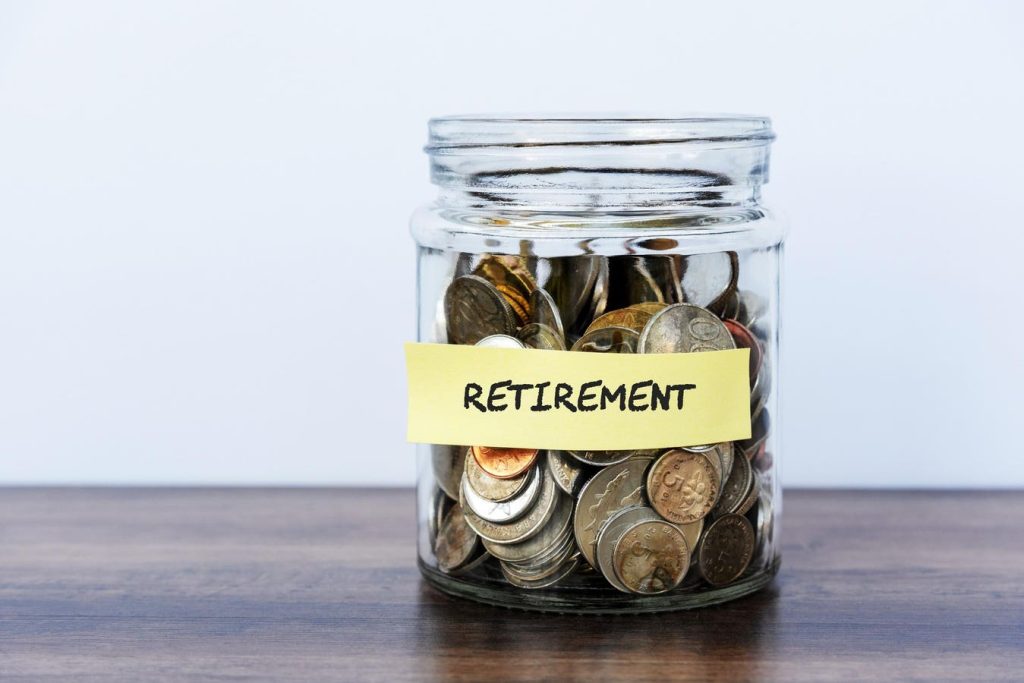The Saver’s Credit, also known as the Retirement Savings Contributions Credit, is a tax credit that helps lower to middle-income taxpayers reduce their taxes when they contribute to an employer retirement plan or an individual retirement account. The credit amount is based on adjusted gross income and is nonrefundable, meaning that once a taxpayer’s liability is zero, they will not receive any remaining amount as a refund. Enacted by the Economic Growth and Tax Relief Reconciliation Act of 2001, the Saver’s Credit has certain limits, including a maximum contribution amount and a maximum credit of 50%.
The credit rate for the Saver’s Credit can range from 10% to 50%, depending on the contributions made and adjusted gross income. For the 2023 tax year, specific adjusted gross income limits apply to determine the credit rate. Individuals with adjusted gross income above certain thresholds may not be eligible for the credit. To check eligibility for the Saver’s Credit, taxpayers can use the Interactive Tax Assistant tool on the IRS website, which asks a series of questions about filing status, adjusted gross income, retirement plan distributions, and dependency status. If eligible, taxpayers can claim the credit by using Form 8880, “Credit for Qualified Retirement Savings Contributions,” when filing their tax return.
If taxpayers have already filed their tax return and realize they are eligible for the Saver’s Credit, they can file an amended return using Form 1040-X along with Form 8880 to claim the credit. However, it is recommended to wait until receiving any refund before filing an amended return, as the IRS may make adjustments during processing. Additionally, starting in the 2027 tax year, the Saver’s Credit will transition to the Saver’s Match under the SECURE Act 2.0. The Saver’s Match will offer a federal matching contribution of 50% of retirement plan or IRA contributions, up to $2,000 per individual, but will phase out for certain income levels.
Research indicates that an estimated 21.9 million people could qualify for the Saver’s Match beginning in 2027. While the Saver’s Match is a positive development for low and middle earners, there are concerns about how the government will administer the match and handle the distribution of funds. It is important for individuals to be aware of resources available to help them save for retirement, such as the Saver’s Credit and the upcoming Saver’s Match. However, studies have shown that a significant portion of the population may not be aware of the Saver’s Credit, highlighting the need for more education and awareness about retirement savings options. For more information on this topic and other financial matters, readers are encouraged to follow the writer on Forbes or reach out with questions via email.


